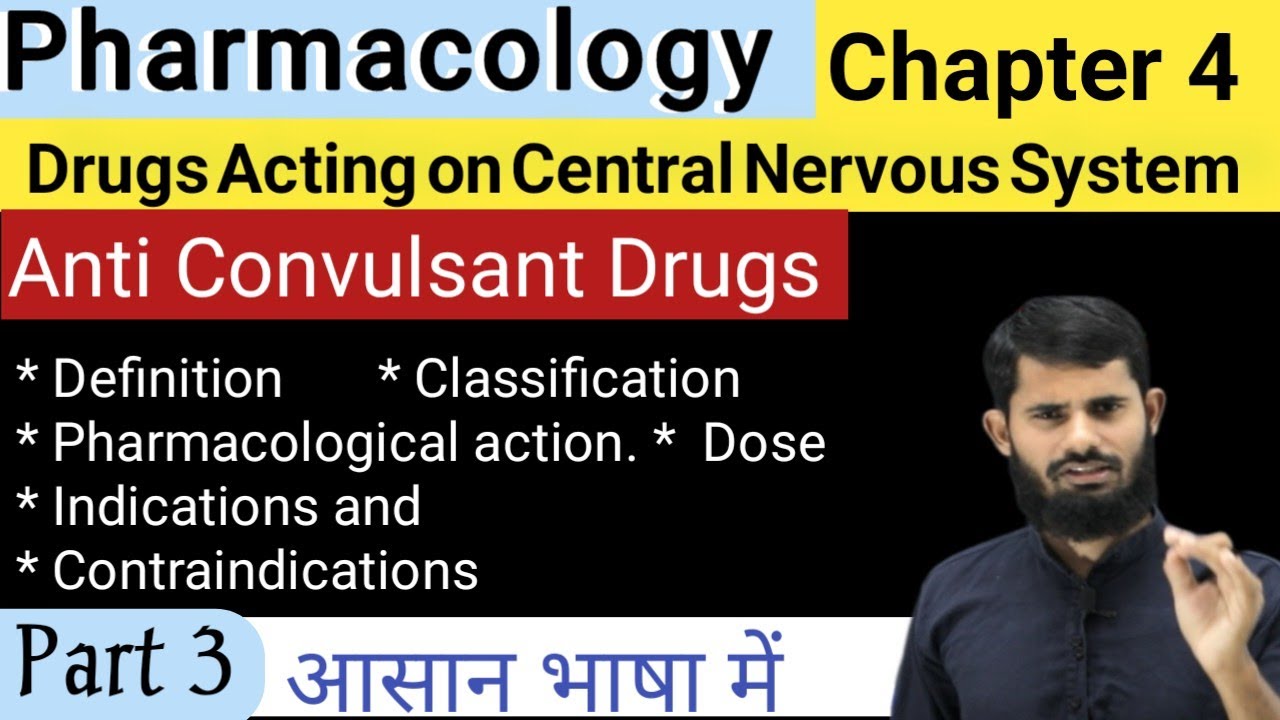Kuliah Biofarmasetika Pulmonal 1 Muslim Suardi Rahardy Koto
Summary
TLDRThis video discusses the biopharmaceuticals of drugs used to treat lung conditions. It covers the structure and function of the human respiratory system, detailing the airways and the alveolar sacs where oxygen and carbon dioxide exchange occurs. The video explains how inhaled drugs can directly affect the respiratory system, offering both local and systemic effects. It also explores factors influencing drug absorption, including physiological and pharmaceutical aspects, and highlights the advantages of using the lungs for drug delivery. Additionally, the challenges, such as the complexity of drug administration tools, are addressed, emphasizing the importance of training patients for effective treatment.
Takeaways
- 😀 The human respiratory tract consists of two main parts: the airway and the respiration part. The airway includes the nasal cavity, sinuses, pharynx, trachea, bronchi, and bronchioles, while the respiratory part includes bronchioles, alveolar ducts, and alveolar sacs.
- 😀 The lungs are responsible for gas exchange, taking in oxygen and releasing carbon dioxide, which is crucial for maintaining body functions.
- 😀 The respiratory tract is a branched system that facilitates airflow from the mouth to the alveoli, with approximately 23 branches in total.
- 😀 The respiratory tract is well-suited for drug absorption due to its large surface area, numerous blood vessels, and thin epithelial cells.
- 😀 Drugs administered through inhalation directly enter the respiratory tract and can have both local and systemic effects, depending on their properties.
- 😀 Inhaled drugs can come in various forms, including dry powder, nebulizer solutions, and gases, with particle sizes ranging from 0.5 to 20 micrometers.
- 😀 The deposition of drug particles in the lungs is influenced by factors such as airflow speed, volume, and breathing techniques, as well as the drug's particle size and formulation.
- 😀 Physiological factors, such as respiratory rate and blood flow, play a significant role in the effective deposition and absorption of inhaled drugs.
- 😀 The main advantages of administering drugs via inhalation include faster drug action, reduced systemic concentration, and minimal first-pass metabolism.
- 😀 Challenges in inhalation drug delivery include the complexity of the devices used, the need for proper training, and the potential for reduced efficiency due to mucosal barriers or mucus fluid interactions.
Q & A
What are the two main parts of the human respiratory tract?
-The two main parts of the human respiratory tract are the airway and the part responsible for breathing or respiration.
What are the main components of the airway in the respiratory tract?
-The airway consists of the nasal cavity, sinuses, nasopharynx, oropharynx, Kayla ring, trachea, bronchi, bronchioles, and eventually the alveolar ducts and sacs.
What is the main function of the lungs in the human body?
-The main function of the lungs is to exchange gases, specifically taking in oxygen and releasing carbon dioxide from the bloodstream into the lungs.
How many branches are there in the human respiratory system?
-The human respiratory system has approximately 23 branches, starting from the mouth and ending at the alveoli.
What is the significance of the alveoli in the respiratory tract?
-The alveoli are essential for gas exchange, where oxygen from the air enters the blood and carbon dioxide is released from the blood into the air.
What are the benefits of administering drugs through the lungs?
-Administering drugs through the lungs allows for a faster onset of action, lower systemic drug concentrations, reduced doses, and avoids drug metabolism in the intestines.
What factors influence the deposition and absorption of drugs in the respiratory tract?
-Physiological factors, such as the speed of respiratory airflow, respiratory volume, and breath-holding, as well as pharmaceutical factors, including particle size, formulation, and device used, all affect drug deposition and absorption.
How do drug particles enter the bloodstream when administered through the lungs?
-Drugs administered through the lungs can enter the bloodstream via deposition in the bronchioles and alveoli, followed by diffusion into the blood.
What are the disadvantages of administering drugs via inhalation?
-Disadvantages include the complexity of the devices used for drug delivery, which may not be efficient in some patients, and the need for proper training to use these devices correctly.
What are the potential challenges with drug absorption in the lungs?
-Challenges include drug interaction with mucus, slow drug absorption due to mucosal barriers, and the possibility of enzyme degradation for large molecular drugs, which limits their absorption and effectiveness.
Outlines

This section is available to paid users only. Please upgrade to access this part.
Upgrade NowMindmap

This section is available to paid users only. Please upgrade to access this part.
Upgrade NowKeywords

This section is available to paid users only. Please upgrade to access this part.
Upgrade NowHighlights

This section is available to paid users only. Please upgrade to access this part.
Upgrade NowTranscripts

This section is available to paid users only. Please upgrade to access this part.
Upgrade NowBrowse More Related Video

Fármacos atuante no SNC - Psicofármacos

Anticholinergic Bronchodilators (OVERVIEW) | Parasympatholytic Agents

E-Learning Farmakologi Obat Cacingan [antelmintik]

Anti Convulsant Drugs || Pharmacology Anti Convulsant Drugs | #Anticonvulsant_Drugs

医薬部外品と化粧品って何が違うの?薬用化粧品って何?皮膚科専門医が分かりやすく解説してみた

The truth about dutasteride’s side effects
5.0 / 5 (0 votes)